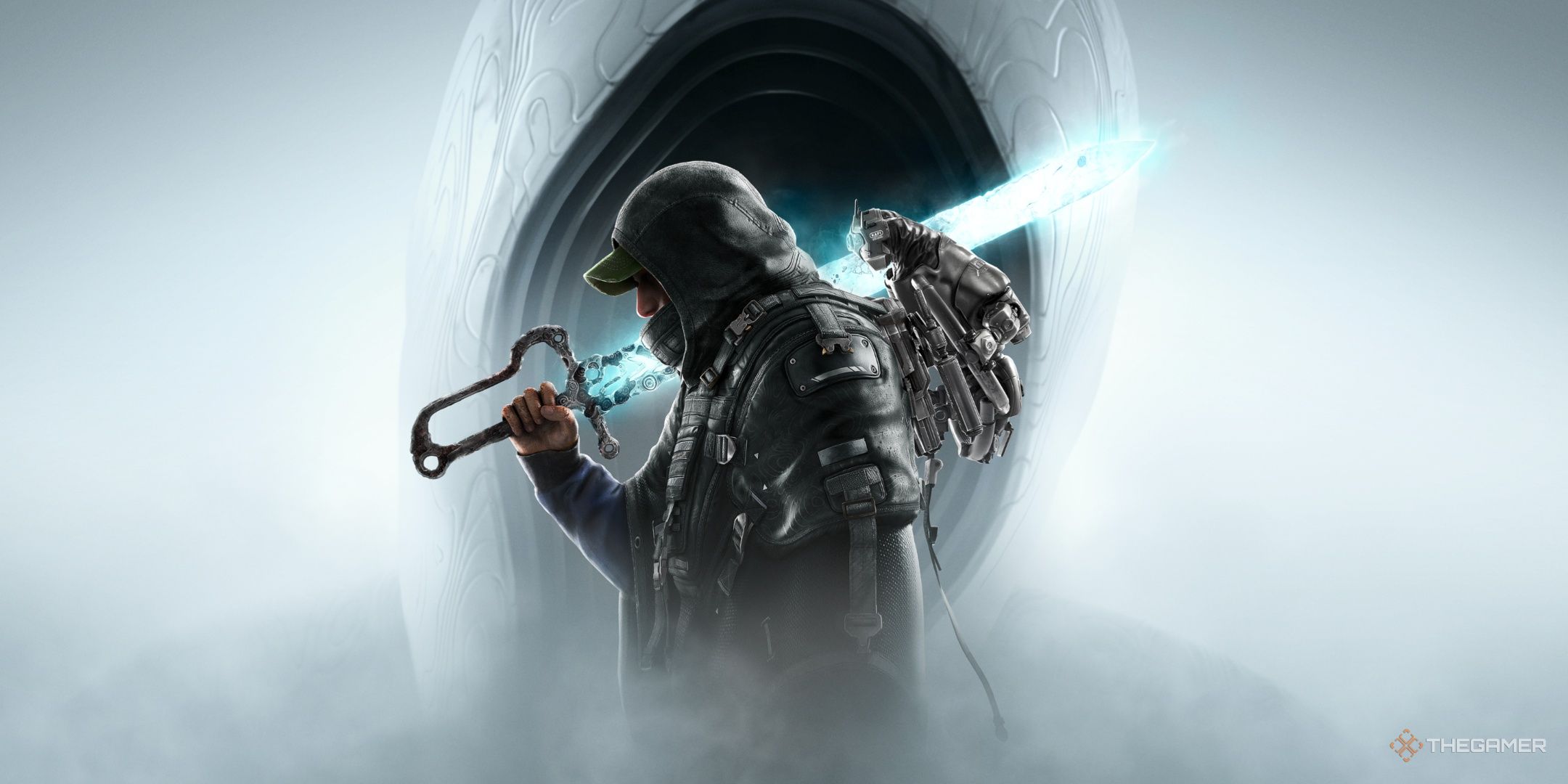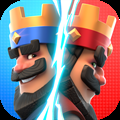Hell Is Us Review: Blindly Going In The Right Direction

Hell Is Us is nothing without the division that underpins its narrative themes. The fictional country of Hadea has spent decades isolated from the rest of the world after a period of authoritarian rule that suppressed religious diversity in favour of creating a monoreligious state with a singular cultural identity. It’s intense material for any video game to tackle, but Hell Is Us treats it earnestly, albeit heavy-handedly considering everything else it tries to accomplish.
War takes its biggest toll on civilians, and developer Rogue Factor tries to represent this by making your journey almost entirely directionless. Hell Is Us prides itself on never holding your hand. There are no objective markers, no quest logs to refer to, no map to open up. Just your notes and a compass. This highlights the hostility one faces during wartime in a thematically accurate fashion, and having to actually get by with nothing but scrapped together information makes for a rewarding yet challenging experience.
Fight Your Fear, Literally
You play as a man called Remi who is returning to Hadea after being smuggled out as a child to finally get some answers about the mysterious country he came from. He doesn’t stand out as a protagonist, though his silence is a welcome change from overly-chatty protagonists in other modern games like Horizon: Forbidden West or God Of War.
Exploration plays a major role in Hell Is Us, with the game happy to let you struggle in silence until you figure out where to go next. But the moment-to-moment gameplay is about far more than simply getting lost all the time. Its Dark Souls and Nioh-inspired combat has you facing off against beings known as Lymbic Entities, unsettling pale creatures that can only be killed with equally mysterious Lymbic Weapons. In practice, this is just typical stamina management with some special abilities to spice things up during each new encounter.
Unfortunately, there are only five enemy types in the entire game, most of which you’ll have seen and fought after reaching the third major area. But there are also Linked Enemies, regular foes capable of summoning a ‘Haze’ to make them temporarily invincible. This seems like an interesting idea at first, but it soon becomes a chore when every third group of enemies are linked and take longer to beat for no good reason.
To its credit, combat is perfectly fluid and responsive, permitting split-second parries and last moment dodges to avoid most attacks, but it reveals all of its cards way too soon. While there are quite a few Glyphs and Relics for you to find that give you new abilities, the combat never expands past the opening hours. And considering this is one that takes 30 to beat, that’s no good thing.
The importance of weapons feels lacking, too. You must dedicate an element, called Lymbic Spheres, to your weapon when you first upgrade it that can never be changed and determines the Glyphs you can use moving forward. This would be a more potent choice if not for the fact that the game gives you upgraded versions of just about every weapon and Lymbic Sphere combination possible anyway. None of it matters in the end.
You can also perform curated, brutal finishers on enemies at certain points in combat, which feel tonally opposed to the narrative message.
Who Needs A Map Anyway?
Fortunately, many of these shortcomings are alleviated by how satisfying and alluring it is to explore Hell Is Us’ distinct open world. It’s a setting that truly makes you think about the past, present, and future that will come to underpin its existence. You could be busy solving random puzzles that make you feel like a genius, or saving a family’s dog that was left in occupied territory after they were forced to flee to a refugee camp miles away. In general, it’s always done well. The issue arises when the game starts to doubt itself.
Here’s an example of what I mean. Throughout the campaign, you can collect items known as Lymbic Keys. These all feature descriptions that hint at where they are meant to be used, such as ‘the coffer of the Buried Forge of the Earth’. If it stopped here that would be great, giving you just enough information to figure things out for yourself. Except then the game tells you exactly where it is and what to do.
It does the exact same frustrating thing with side quests. Known as Good Deeds, similar pop-ups typically appear at a point that makes it all too obvious what you should be doing. It's not all the time, but it's often enough to become noticeable, which strips away so much of the otherwise well-maintained immersion.
Without needless interruption, all of the puzzles are genuinely smart. At one point I went to a library, only to find a rusting safe in the trash. Later on, in a different village entirely, I discovered its owner had set the password after his son’s personal information but struggled to remember what after having to relocate so much. So I then had to find the child’s ID card, all to open a safe halfway across the country. When the game goes whole hog on such open-ended depth, making you traverse the whole map to solve puzzles, it feels incredible.
The only puzzles that are a bit more unfair are based on esoteric symbols. Remember, roses symbolise marriage.
With no map to guide you, you have to rely on nothing but a compass, your own two feet, and the landmarks on the horizon. This is also where the flaws in taking design cues from Dark Souls arise, since you can’t jump, can’t swim, can’t climb. While Elden Ring knew that making a large open-world necessitated more freedom and means of traversal, Hell Is Us feels oddly restrictive. Exploration is frictionless. You just run everywhere; there’s not really any thought to the act of navigation itself.
This condensed scale undermines the overall design philosophy, with most areas being too small to get lost in. After the first few regions, I stopped using the compass entirely because I learned where everything was, and could intuit important locations myself. I would call that a good thing, but it takes away from the game’s otherwise powerful themes. Remi can move through a war-torn country without impediment, and always ends up exactly where he needs to be.
Art Is A Propagandist’s Dream
Even if I didn’t love the act of exploring these areas, I adored being in them. Hell Is Us’ tantalizing art style is always at the forefront, with each area having a distinct feel. There’s the blissful serenity of Lake Cynon that seems like the one safe place in the entire country, to the Control-adjacent Auriga Museum that feels like it comes from another game entirely. They are bursting at the seams with history, as so much time can be spent gawping at landmarks and building your own stories out of ruin.
The storytelling bites off more than it can chew at times though, offering a conclusion that chooses to focus more on the mysterious big bad lurking in the shadows than delving deeper into the carefully planned political misdirection that utilises murky history to justify genocide. But the occupied towns and mass graves you come across often speak to thematic elements better than any cutscene does, and it’s to the credit of its artists that the message comes across so clearly.
For as strong as the game's hand-crafted art direction is, such as the Pathologic-inspired character conversations and gorgeous datapad UI, the HUD and framing of the camera feel oddly pedestrian in comparison.
Hell Is Us has loads going for it, and its political messaging has more weight than its comparatively shallow tagline gives it credit for. But I was initially enticed by its promise of exploratory restrictions, and they just aren’t strict enough to sell that idea for a full 30 hours. While Hell Is Us confidently executes upon its story, quests and puzzles, so much of it feels hampered by the fear that players would give up too quickly if it kept on taking risks. I really, really wish it did, though.
Like Follow FollowedHell Is Us
Action Adventure Open-World Systems 3.5/5 OpenCritic Reviews Released September 4, 2025 ESRB Mature 17+ // Blood, Intense Violence, Partial Nudity, Sexual Themes, Strong Language, Use of Drugs Developer(s) Rogue Factor Publisher(s) Nacon Engine Unreal Engine 5 Number of Players Single-playerWHERE TO PLAY
DIGITAL- Gorgeous art direction makes every area memorable and unique.
- Inventive puzzles and quest design immerse you in the world.
- A politically-driven story that doesn?t shy away from the more complex issues of war.
- Areas are too small and linear to explore meaningfully or get lost in.
- Too little enemy variety and too much combat for the game?s length.
- Some quests get spoiled too much by pop-ups.













